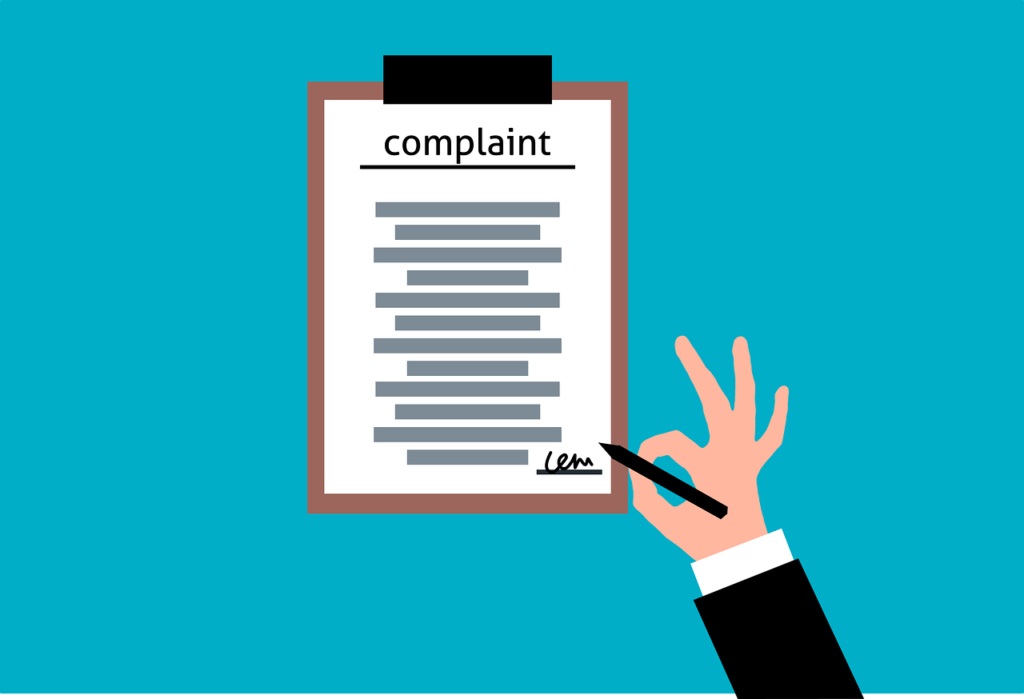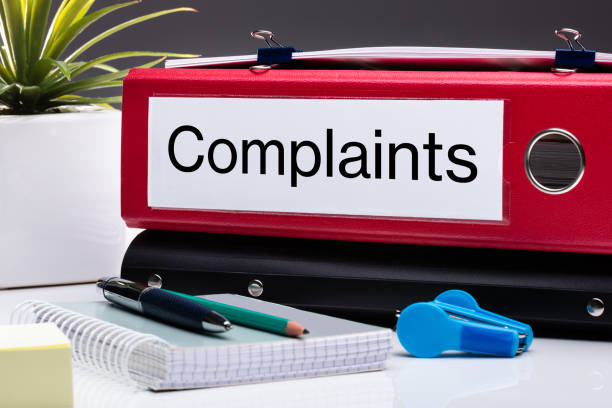Table of Contents
Introduction: Complaint letters that Inspire Action
Welcome to “Complaint letters that Inspire Action” where the art of effective communication becomes a transformative force. In a world filled with diverse products and services, consumer experiences can sometimes fall short of expectations. But fear not, for this guide is here to empower you with the skills to construct compelling complaint letters that demand attention and bring about positive change. Whether you’ve encountered a faulty product, subpar service, or any other issue, the words you choose can become a powerful tool for seeking resolutions that truly matter.
Join us on this journey of mastering the art of crafting impactful complaint letters, and let your voice resonate with confidence as you navigate the realms of customer service and advocate for improvement. Embrace the power of your words and watch as your concerns transform into catalysts for meaningful transformations. Get ready to make your voice heard and effect change like never before!
The Purpose of a Complaint Letter
A complaint letter serves as a formal means of communication to express dissatisfaction, seek redress, or request compensation for a negative experience. Whether it’s addressing a defective product, inadequate service, or unprofessional behavior, a well-structured complaint letter can bring attention to the issue and initiate a resolution process.

Tips for Writing an Effective Complaint Letter
- Be Specific and Concise: Clearly state the problem you encountered and provide relevant details, such as dates, names of involved parties, and any supporting evidence. Avoid rambling and get straight to the point to maintain the letter’s impact.
- Remain Calm and Courteous: While it’s understandable to feel upset when writing a complaint letter, maintaining a polite and professional tone is crucial. Avoid using offensive language or resorting to personal attacks, as it may hinder a positive response from the recipient.
- Include Supporting Evidence: Whenever possible, attach copies of receipts, invoices, or any other relevant documentation that supports your claim. This strengthens your case and provides the recipient with tangible evidence to work with.
- Express Your Expectations: Clearly state what you expect as a resolution to the issue. Whether it’s a replacement, a refund, or an apology, being specific about your desired outcome helps the recipient understand how to address your concerns.
- Address the Right Person: Make sure your complaint letter reaches the appropriate department or individual responsible for handling such matters. This will ensure a quicker and more targeted response.
- Follow the Company’s Complaint Procedure: Many companies have specific channels for handling complaints. Check their website or contact customer support to understand the proper procedure for submitting your complaint.
- Keep Copies and Records: Always keep a copy of your complaint letter and any correspondence you receive in return. This documentation may be necessary if you need to escalate the matter further.
Sample Structure of a Complaint Letter
- Introduction: Start with a polite salutation and briefly introduce yourself (if needed). Clearly state the purpose of your letter, indicating that you are writing to file a complaint.
- Background Information: Provide a concise description of the situation, including dates, names of involved parties, and the product or service in question.
- Details of the Issue: Explain the problem in detail, emphasizing how it has affected you and why you believe you deserve a resolution.
- Supporting Evidence: Attach any relevant documents that support your claims, such as receipts, photos, or email exchanges.
- Desired Resolution: Clearly state what you expect the company to do to resolve the issue satisfactorily.
- Closing: Thank the recipient for their attention and express hope for a prompt resolution.
Here are some simple examples of complaint letters for different scenarios:
Example 1: Complaint Letter about a Defective Product
[Your Name]
[Your Address]
[City, State, ZIP Code]
[Email Address]
[Phone Number]
[Date]
[Recipient’s Name]
[Company Name]
[Address]
[City, State, ZIP Code]
Dear [Recipient’s Name],
I am writing to bring to your attention a problem I encountered with a product I purchased from your company. On [date of purchase], I bought a [product name] from your [store/website]. Unfortunately, upon using the product, I discovered that it [describe the defect or issue you encountered].
I am disappointed with the quality of the product, as I have been a loyal customer of your company for several years. I have attached a copy of the receipt for your reference.
I kindly request a replacement for the defective product or a full refund as per your company’s policy. I believe this is a reasonable resolution to the issue I have faced.
I hope to hear from you soon and have the matter resolved promptly. Thank you for your attention to this matter.
Sincerely,
[Your Name]
Example 2: Complaint Letter about Poor Customer Service
[Your Name]
[Your Address]
[City, State, ZIP Code]
[Email Address]
[Phone Number]
[Date]
[Recipient’s Name]
[Company Name]
[Customer Service Department]
[Address]
[City, State, ZIP Code]
Dear [Recipient’s Name],
I am writing to express my disappointment with the level of customer service I received during my recent interaction with your company.
On [date of the incident], I contacted your customer service department to inquire about [the nature of your inquiry]. The representative I spoke to was unhelpful and seemed disinterested in assisting me with my concerns. Additionally, I experienced a significant wait time before reaching a customer service representative.
As a long-time customer, I expect better service and prompt assistance with my inquiries. I believe that excellent customer service is crucial for retaining loyal customers and attracting new ones.
I kindly request that you address this issue and ensure that your customer service team provides a more satisfactory experience in the future.
Thank you for your attention to this matter, and I hope to see improvements in your customer service department soon.
Sincerely,
[Your Name]
Example 3: Complaint Letter about a Billing Error
[Your Name]
[Your Address]
[City, State, ZIP Code]
[Email Address]
[Phone Number]
[Date]
[Recipient’s Name]
[Billing Department]
[Company Name]
[Address]
[City, State, ZIP Code]
Dear [Recipient’s Name],
I am writing to bring to your attention an error in my recent billing statement. On [date of billing statement], I received a statement that includes an incorrect charge for [description of the charge].
Upon reviewing my records, I found that I did not authorize or make any such purchase or incur this charge. I have attached a copy of the billing statement for your reference.
I kindly request that you rectify this error and adjust my account accordingly. I expect the correct amount to be reflected in my next billing statement.
I appreciate your prompt attention to this matter and look forward to a swift resolution.
Sincerely,
[Your Name]
These are simple examples to give you an idea of how to structure and write a complaint letter. Remember to tailor the letter to the specific situation you are addressing, and always remain polite and respectful in your communication.
Conclusion
Crafting an effective complaint letter is an essential skill that empowers consumers to stand up for their rights and seek resolution when faced with unsatisfactory products or services. By following the tips provided and maintaining a respectful tone, your complaint letter can make a significant impact and lead to a positive resolution of the issue at hand. Remember, effective communication is key, and a well-written complaint letter can be the catalyst for change and improved customer experiences.
